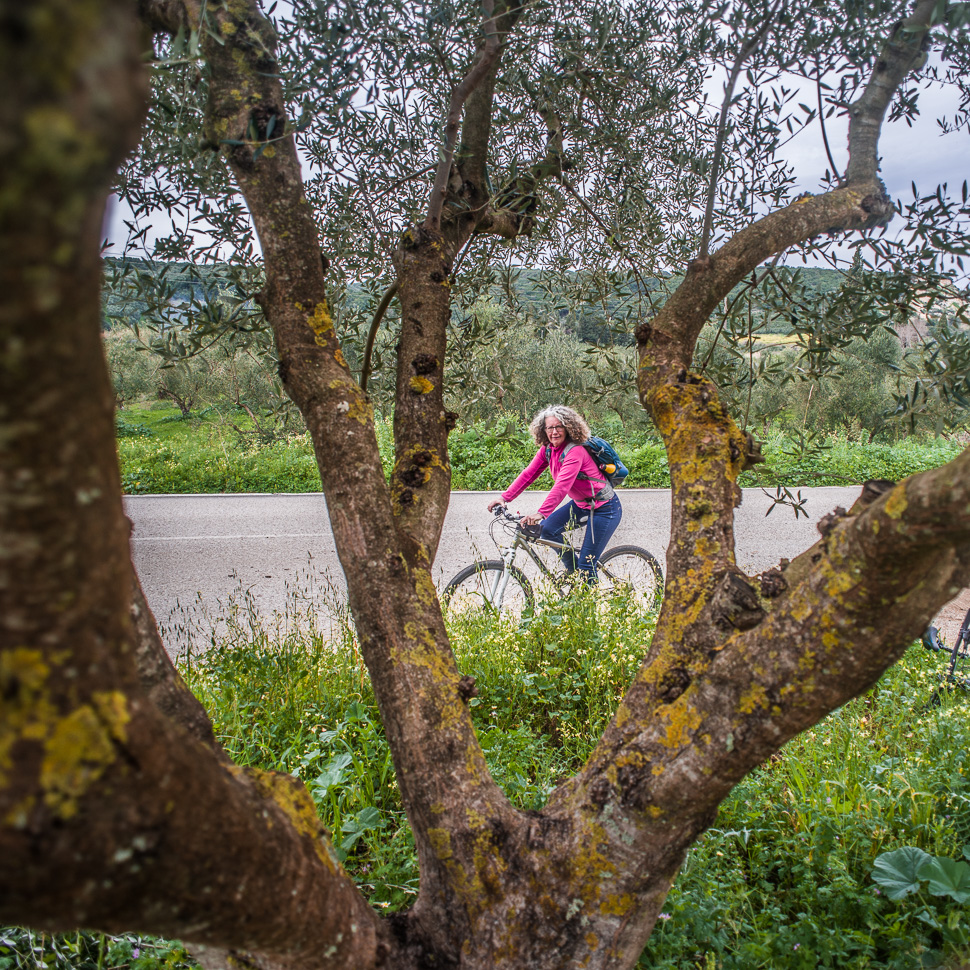
South of Patras we stayed at Aginara Beach Camping, from where we could explore the remains of a roman bath and the castle of the crusaders. We were enjoying the vegetation of the Mediterranean coast with almonds in bloom and so many different flowers, something we hadn’t had for month while traveling in the North.
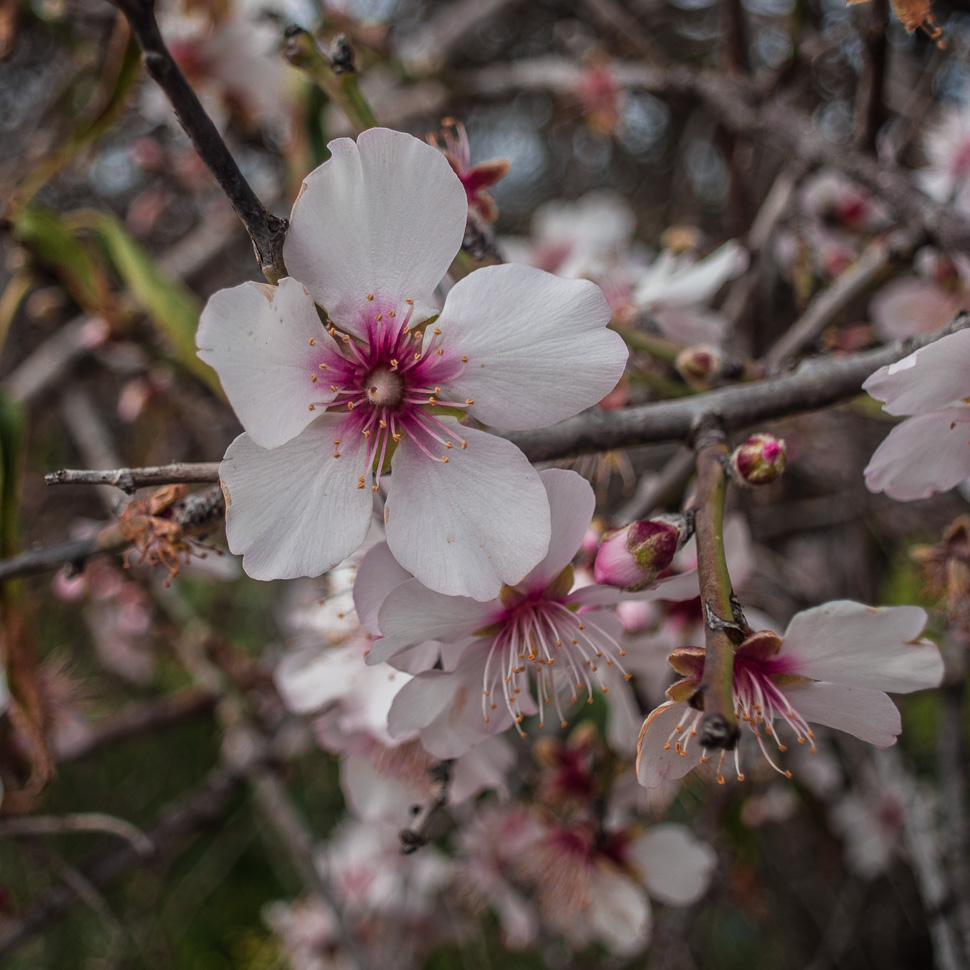
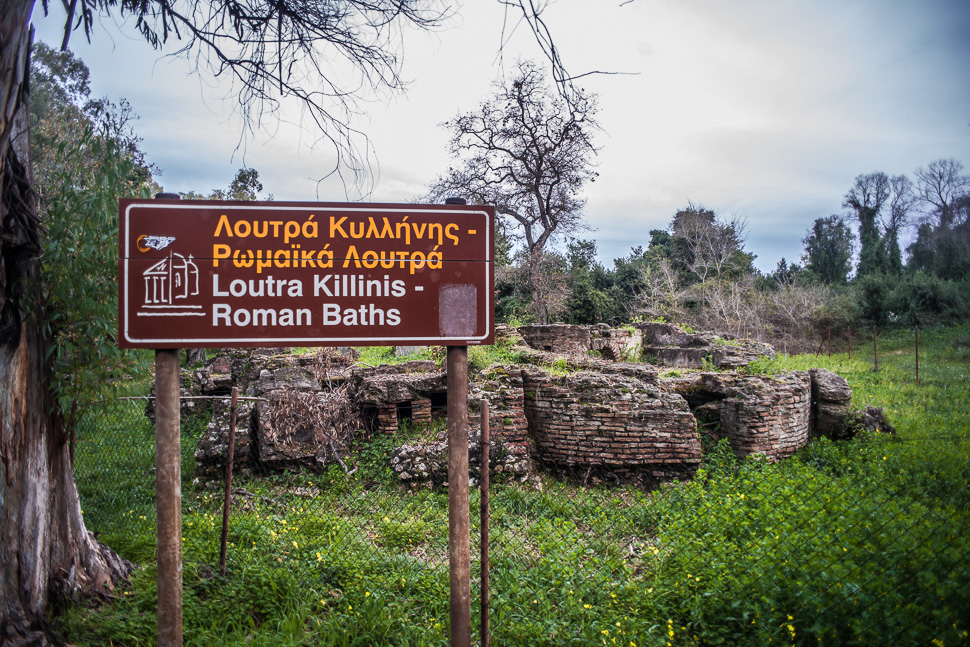
Loutra Killinis is a natural thermal spring which was already used by the romans, as some ruins confirm. In a forest with very old eucalyptus trees, sulphur fumes and bubbling mud reassured us that we had found the place. Thermal water smelling like rotten eggs gushes from different pipes. We read that people like to cover themselves with the mud and wash it off later with the thermal water – didn’t look very enticing to us.
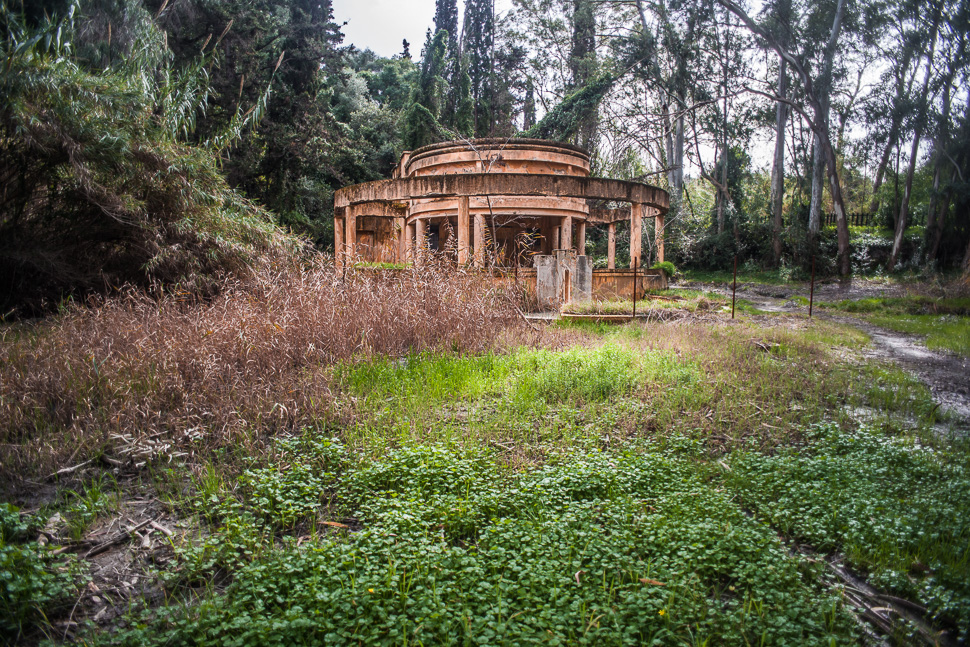
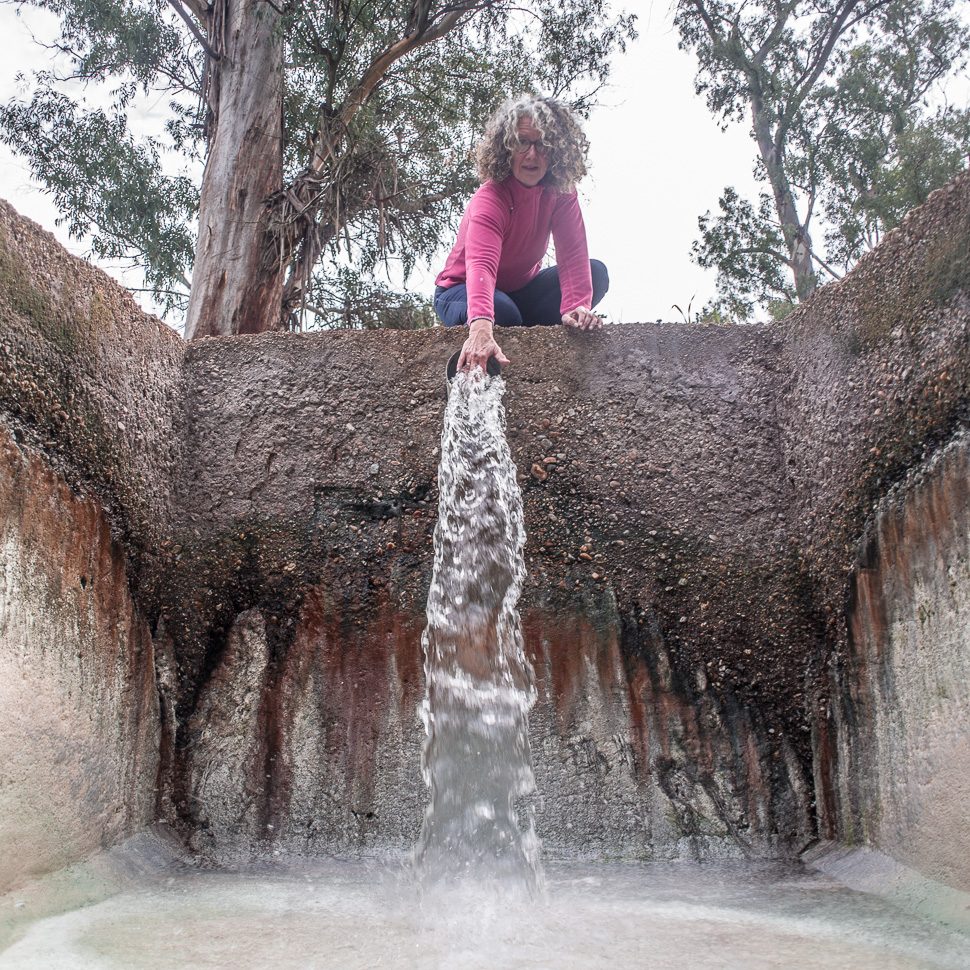
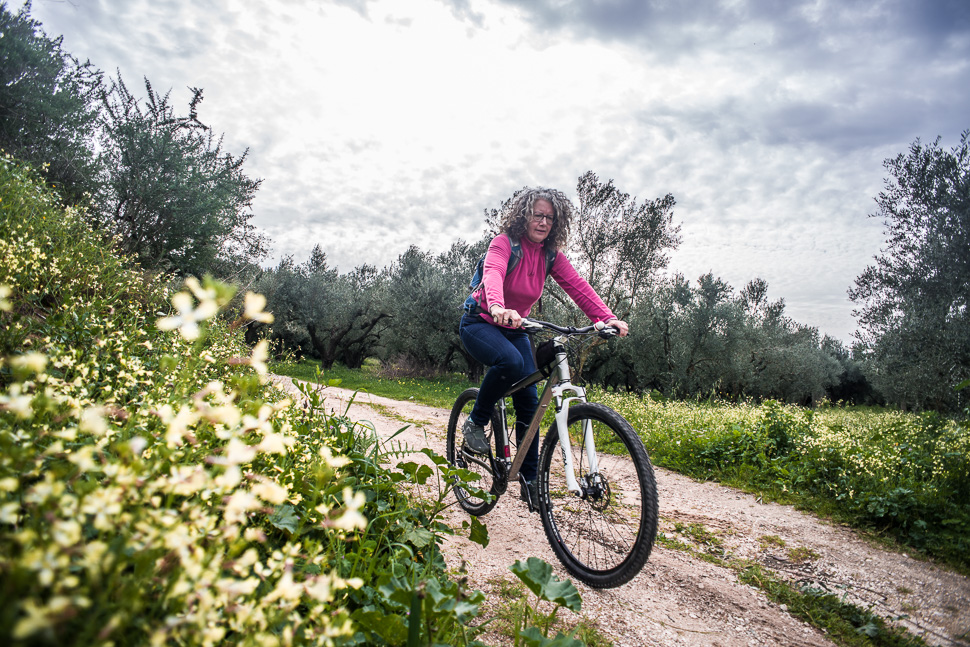
Our next destination was the crusaders castle of Chlemoutsi. We visited this castle during our last visit to Greece. At the moment no tourist sites are open due to Corona. With the bikes we had to climb to the plateau at 226 metres, on which the castle is built. We noticed that we hadn’t cycled for a while.
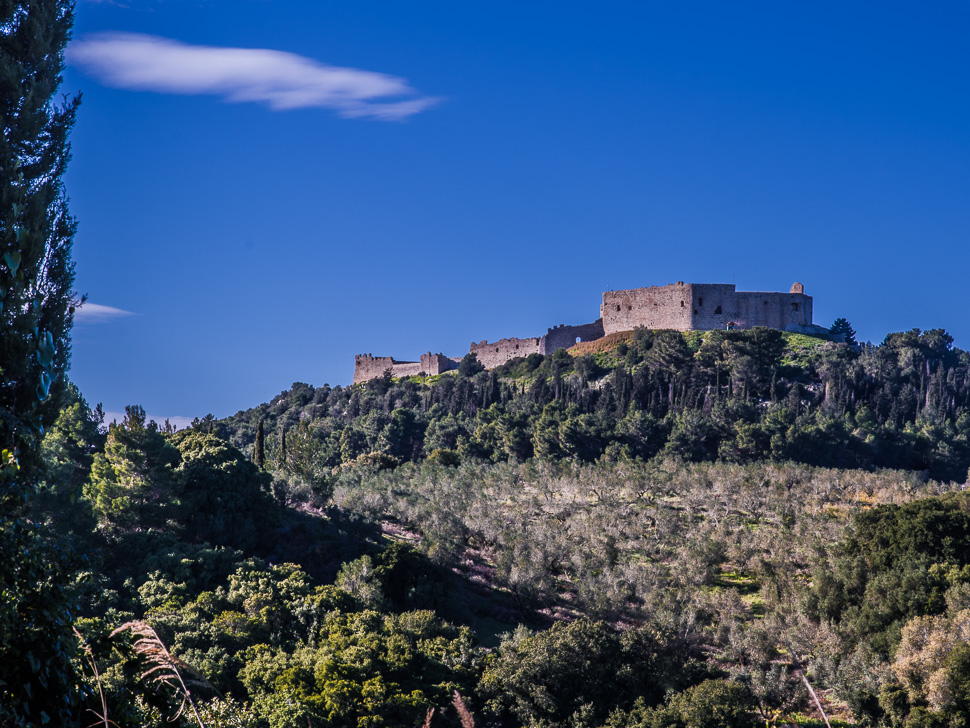
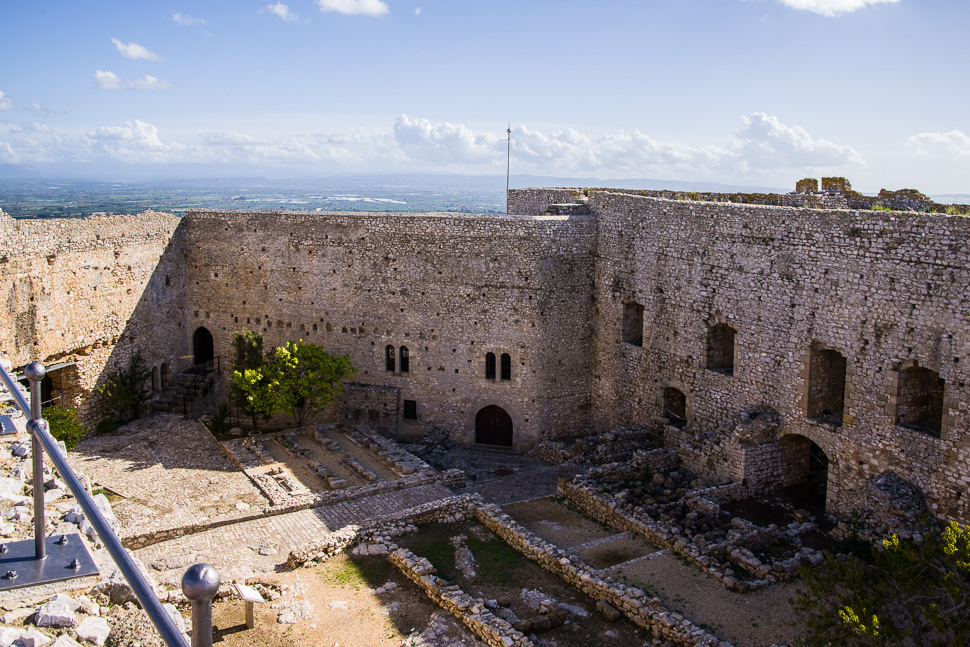
Chlemoutsi was built in the early 1220s by the Crusaders as their main stronghold in this region, and is perhaps the finest fortification of the early period of Frankish rule in Greece preserved in the country today. The castle comprises a central hexagonal keep, built around an inner courtyard and containing two-storey halls along its entire length, complemented by an outer wall enclosing an outer yard on its western side. The castle is largely preserved in its original 13th-century state, with only minor later modifications for the installation of artillery.
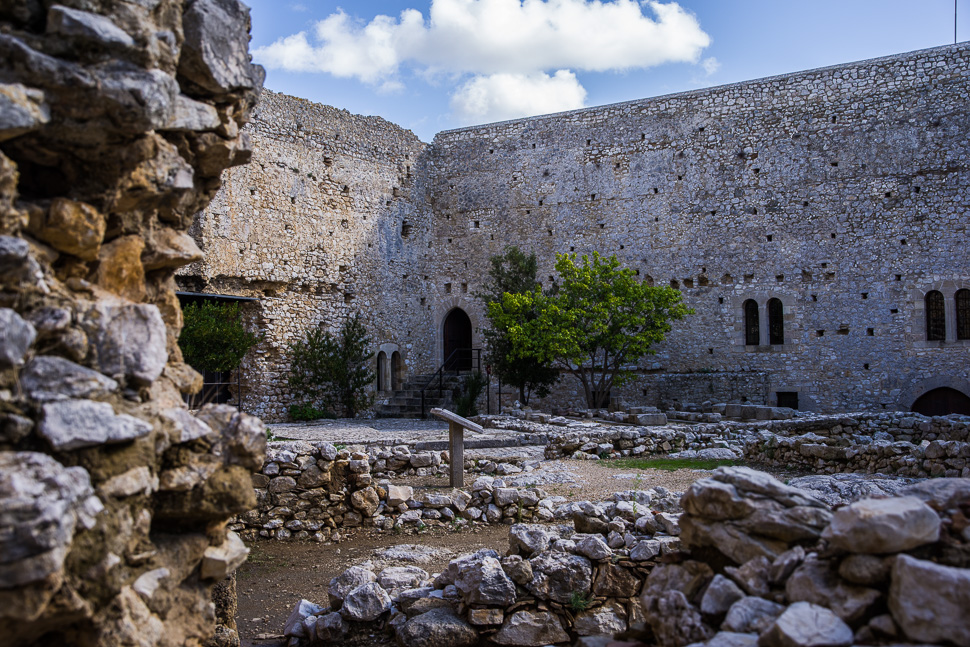
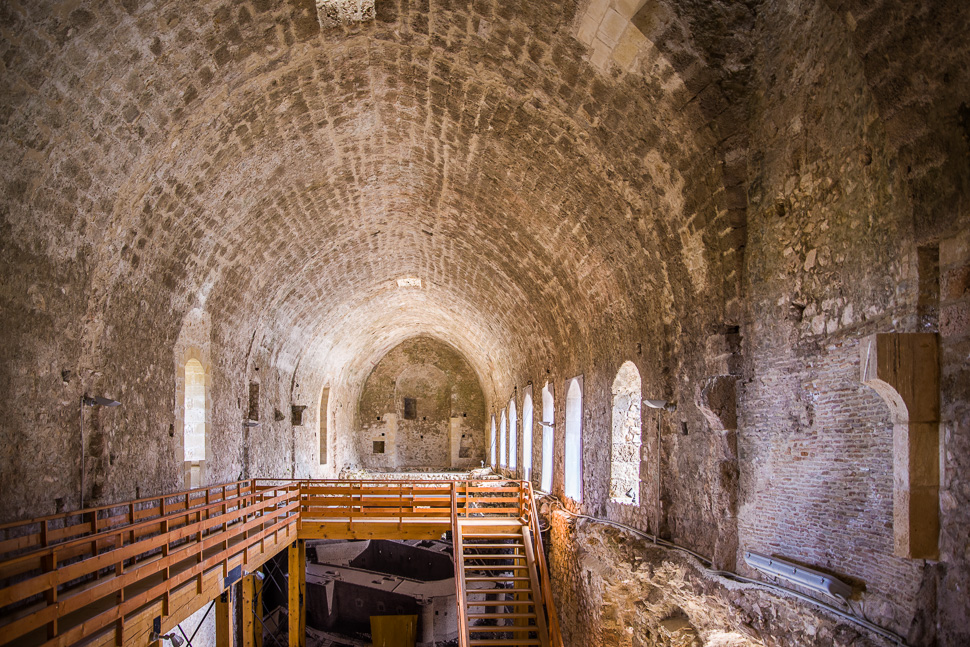
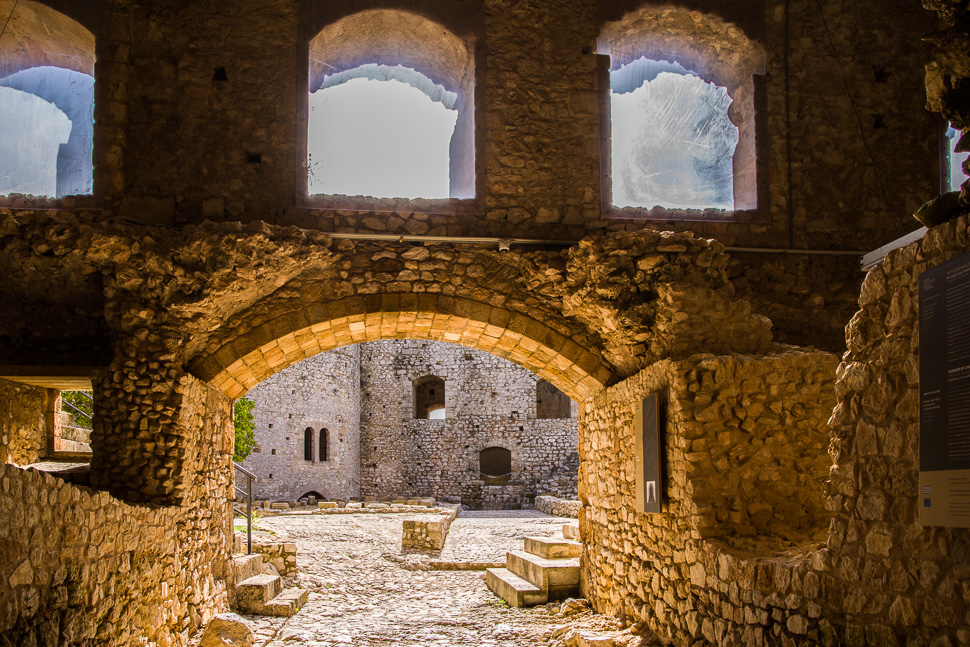
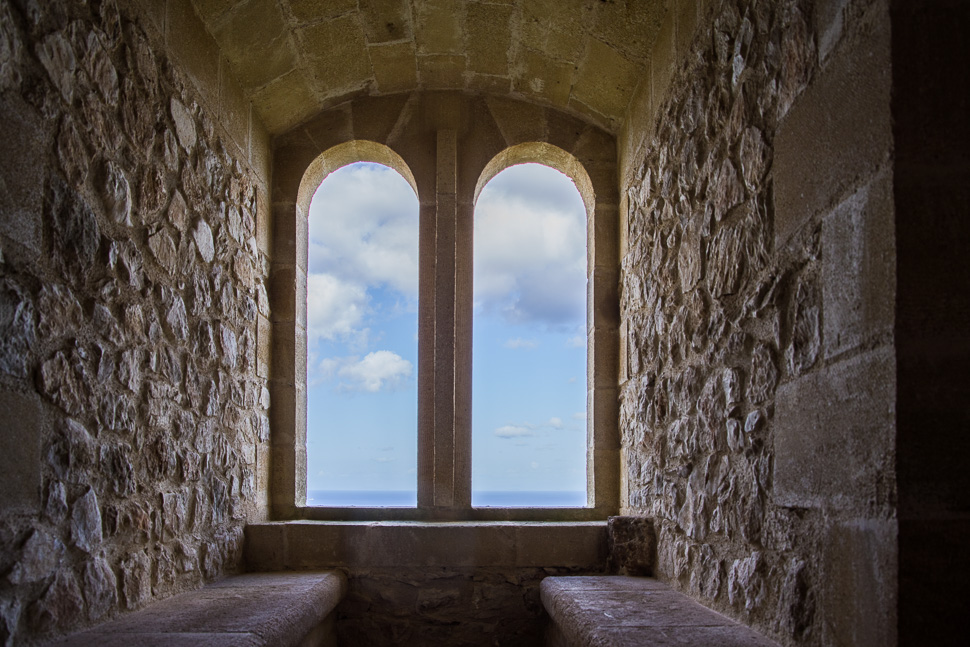
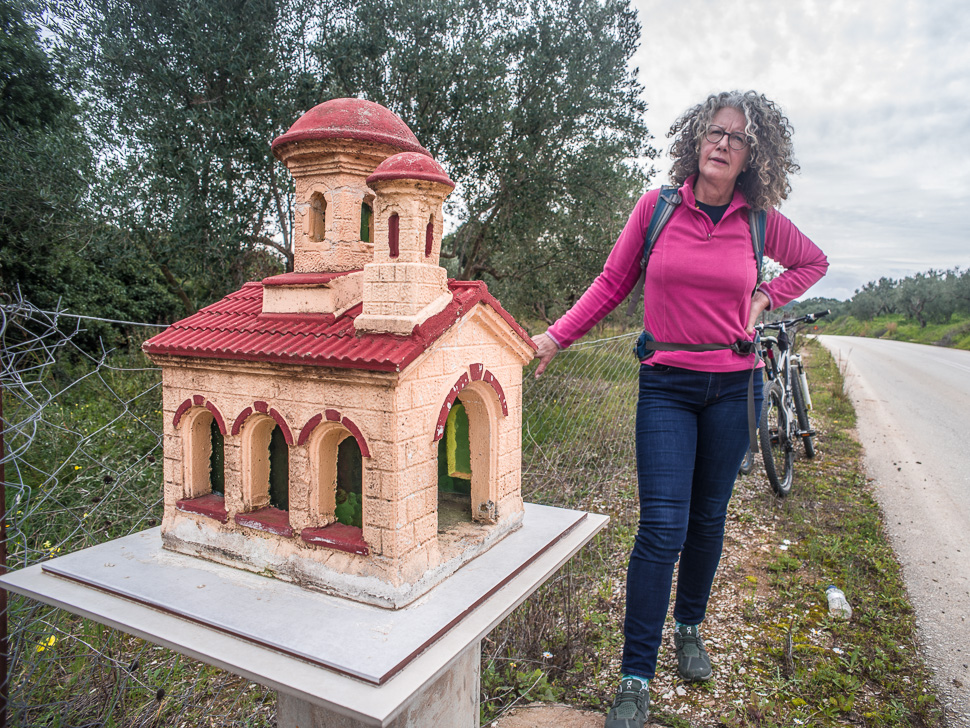
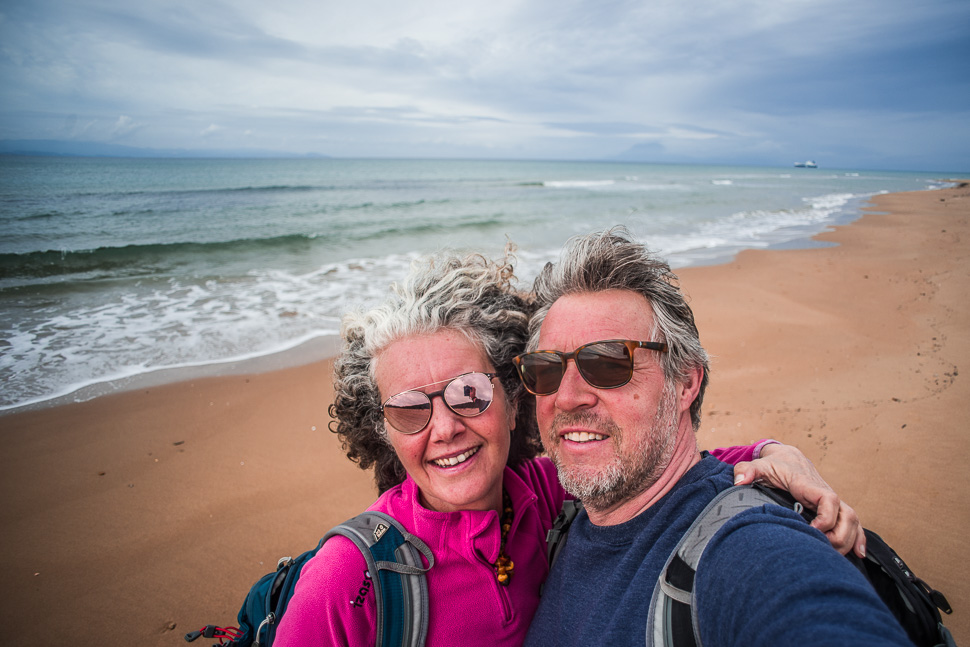
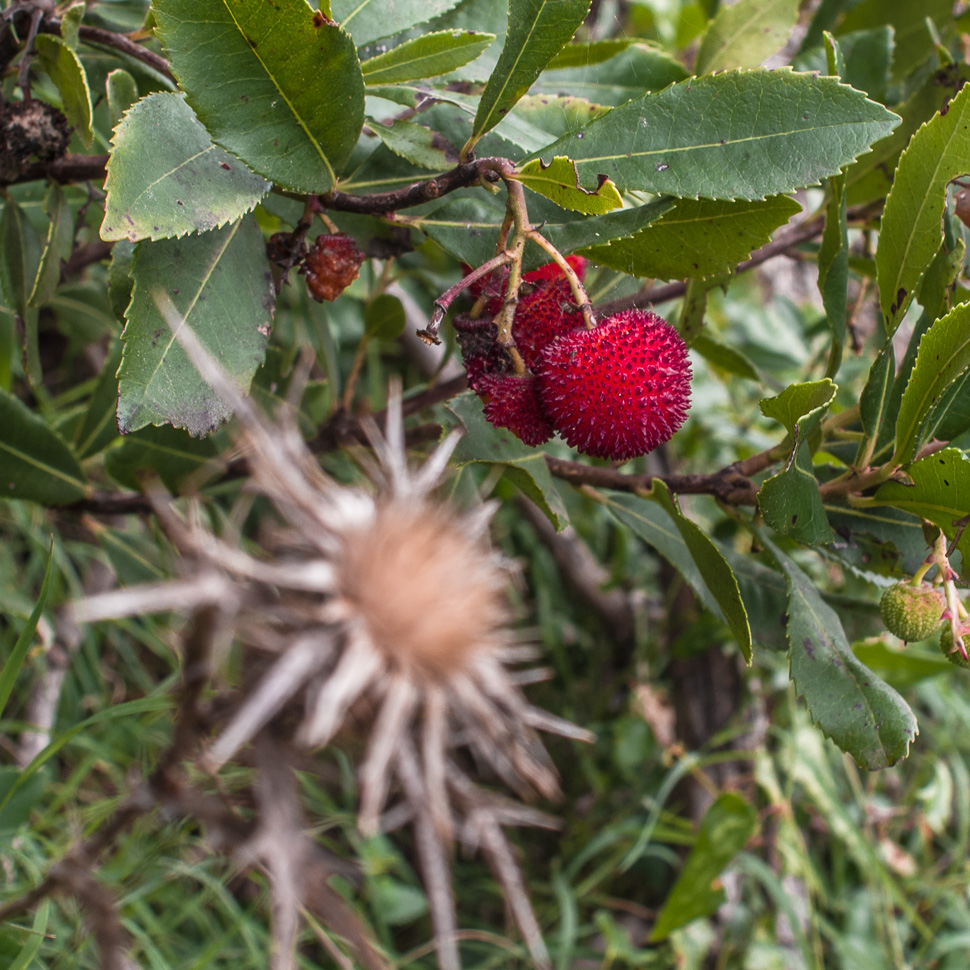
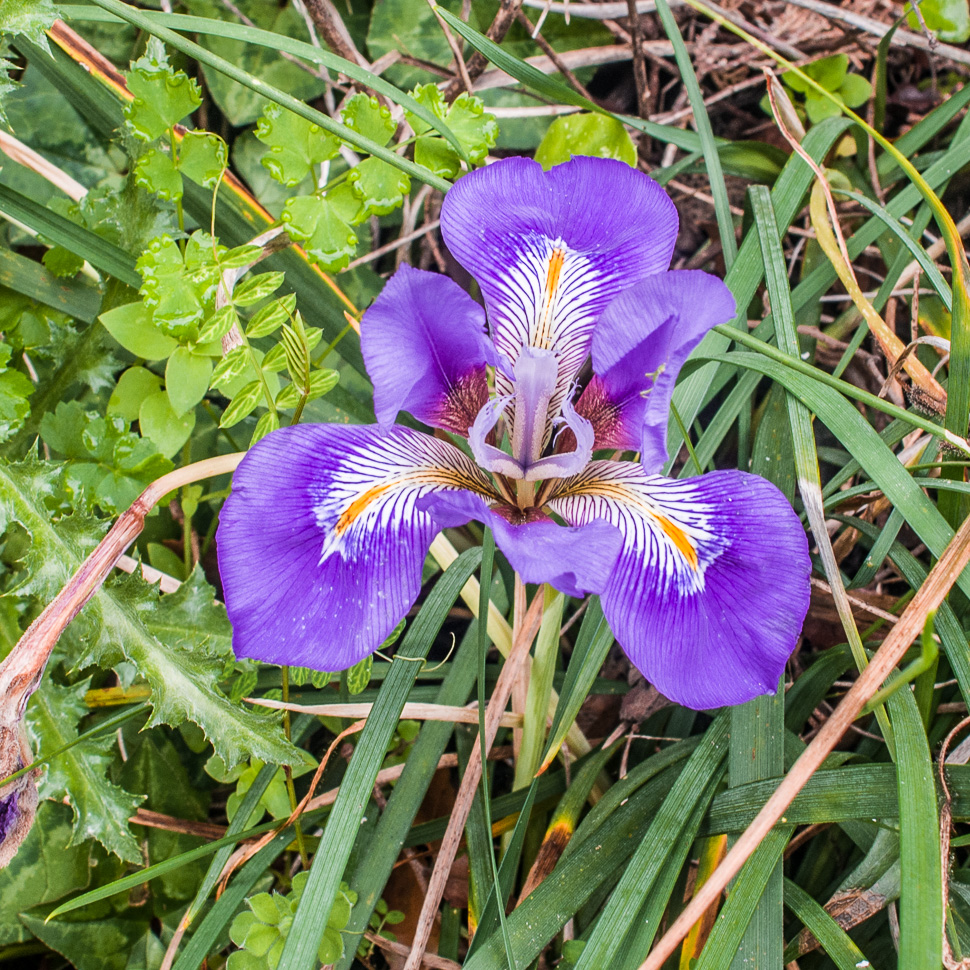
Wild Iris growing along the road
